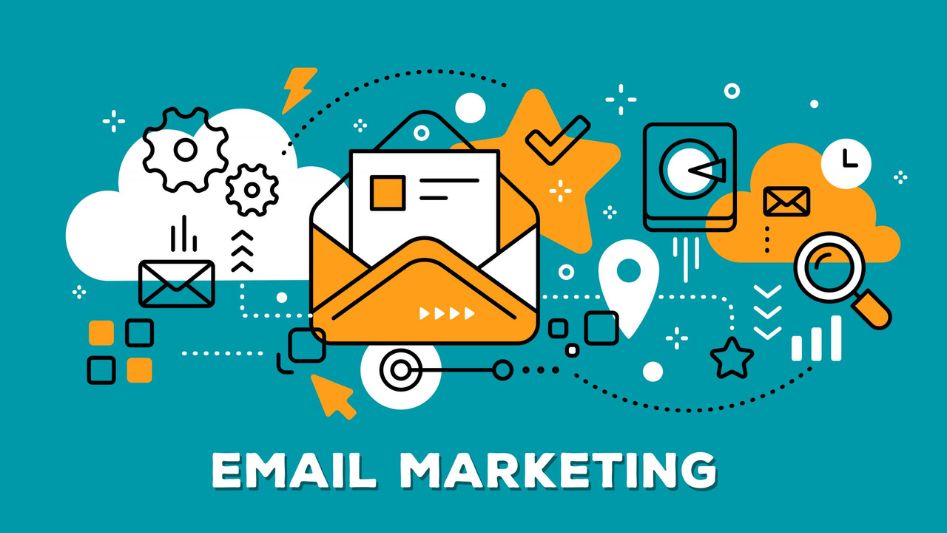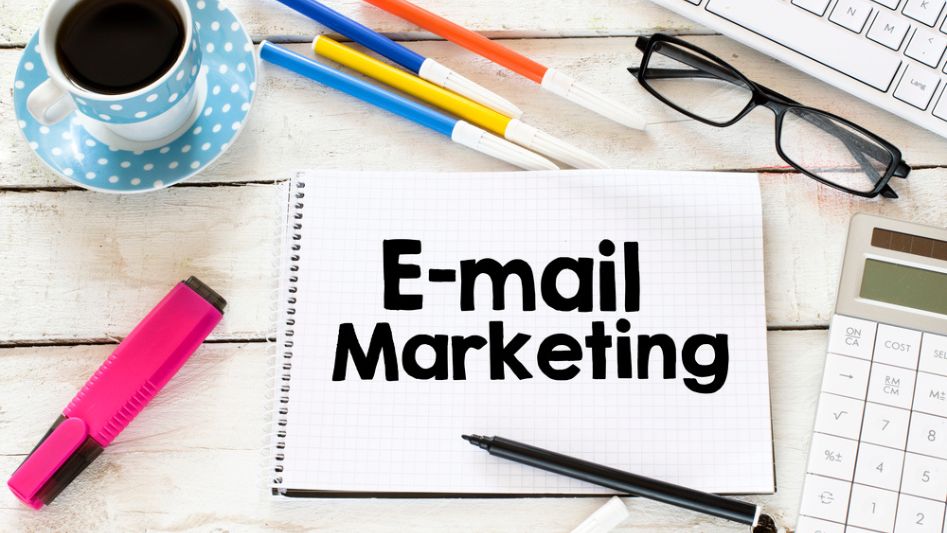In today’s digital age, email marketing has become an essential strategy for e-commerce businesses to drive sales and foster customer engagement. With a well-planned and executed email marketing campaign, businesses can reach their target audience directly, deliver personalized messages, and encourage repeat purchases. In this article, we will explore the power of email marketing for e-commerce and provide valuable insights on how to leverage this tool effectively.
Table of Contents:
We invite you to read: “The Dos and Don’ts of Email Marketing: Common Mistakes to Avoid”

The Benefits of Email Marketing for E-commerce
1. Direct Communication with Customers
Email marketing allows e-commerce businesses to establish direct communication channels with their customers. By collecting email addresses through various touchpoints such as website sign-ups, purchases, and promotions, businesses can build a valuable subscriber list. This enables them to reach out to customers directly, keeping them informed about new products, promotions, and exclusive offers.
2. Personalized and Targeted Messaging
One of the key advantages of email marketing is the ability to deliver personalized and targeted messages to customers. With the right email marketing software, businesses can segment their subscriber list based on factors such as purchase history, demographics, and preferences. This allows for highly relevant and tailored content, increasing the chances of engagement and conversions.
3. Driving Sales and Conversions
Email marketing has a proven track record of driving sales and conversions for e-commerce businesses. By sending well-crafted promotional emails, businesses can showcase new products, highlight discounts and sales events, and create a sense of urgency to encourage purchases. Furthermore, by utilizing techniques such as abandoned cart emails and personalized product recommendations, businesses can effectively recover lost sales and boost overall revenue.
4. Building Customer Loyalty and Engagement
Email marketing is a powerful tool for nurturing customer loyalty and engagement. Through regular newsletters, updates, and exclusive content, businesses can strengthen their relationship with customers and keep their brand top of mind. By providing value through educational content, relevant recommendations, and loyalty rewards, businesses can foster long-term customer relationships and encourage repeat purchases.
5. Measurable and Trackable Results
Unlike traditional marketing channels, email marketing provides the advantage of measurable and trackable results. With email marketing software, businesses can track metrics such as open rates, click-through rates, conversion rates, and revenue generated. This data enables businesses to analyze the effectiveness of their campaigns, make data-driven decisions, and continuously optimize their email marketing strategies for better results.
We invite you to read: “5 Mistakes to Avoid in Your Email Marketing Strategy”

Best Practices for Effective Email Marketing in E-commerce
1. Build a Quality Subscriber List
Focus on building a quality subscriber list by implementing sign-up forms on your website, offering incentives for subscription, and ensuring compliance with data protection regulations. Aim for engaged subscribers who are genuinely interested in your products and content.
2. Segment Your Audience
Segment your subscriber list based on relevant criteria such as purchase history, demographics, and engagement level. This allows for targeted messaging and personalization, increasing the effectiveness of your email campaigns.
3. Craft Compelling Subject Lines
Capture the attention of your subscribers with compelling and engaging subject lines. A well-crafted subject line can significantly impact open rates and the overall success of your email campaign. Experiment with different strategies such as personalization, urgency, and curiosity to find what resonates best with your audience.
4. Create Engaging and Valuable Content
Deliver content that is relevant, valuable, and engaging to your subscribers. This can include product updates, exclusive offers, educational content, and helpful tips. Keep your emails visually appealing, concise, and easy to navigate to enhance the overall user experience.
5. Test and Optimize
Continuously test and optimize your email campaigns to improve their performance. A/B testing different elements such as subject lines, call-to-action buttons, and email layouts can provide valuable insights and help you identify what works best for your audience.
We invite you to read: “The Benefits of Email Marketing for Your Business”

Conclusion
Email marketing remains a powerful tool for driving sales and customer engagement in the e-commerce industry. By leveraging the benefits of direct communication, personalized messaging, and targeted promotions, businesses can effectively reach their audience and nurture long-term customer relationships. By following best practices and continuously optimizing their email marketing strategies, e-commerce businesses can maximize the impact of their campaigns and achieve significant growth and success.
FAQ
How often should I send emails to my subscribers?
The frequency of your emails will depend on your specific business and audience. It’s important to strike a balance between staying in touch with your subscribers and avoiding email fatigue. Monitor subscriber engagement and adjust your sending frequency accordingly.
What is the best time to send marketing emails?
The best time to send marketing emails can vary depending on your audience and industry. Experiment with different send times and analyze the results to determine when your subscribers are most likely to engage with your emails. Generally, it’s recommended to avoid sending emails during peak work hours and weekends when people might be less receptive.
How can I encourage subscribers to open my emails?
To encourage higher open rates, focus on crafting compelling subject lines that pique curiosity, offer value, or create a sense of urgency. Personalization can also be effective in capturing attention. Additionally, maintaining a consistent sending reputation and avoiding spam triggers will increase the chances of your emails reaching the inbox.
You May Also Like:
- The Benefits of Email Marketing in the Digital Age
- The Importance of Customer Segmentation in Your Online Marketing Efforts
- The Benefits of Using Live Video for Your Business
- Get Noticed, Get Results: Paid Advertising Tips and Tricks for Success
- https://southpow.media/what-is-dropshipping/
